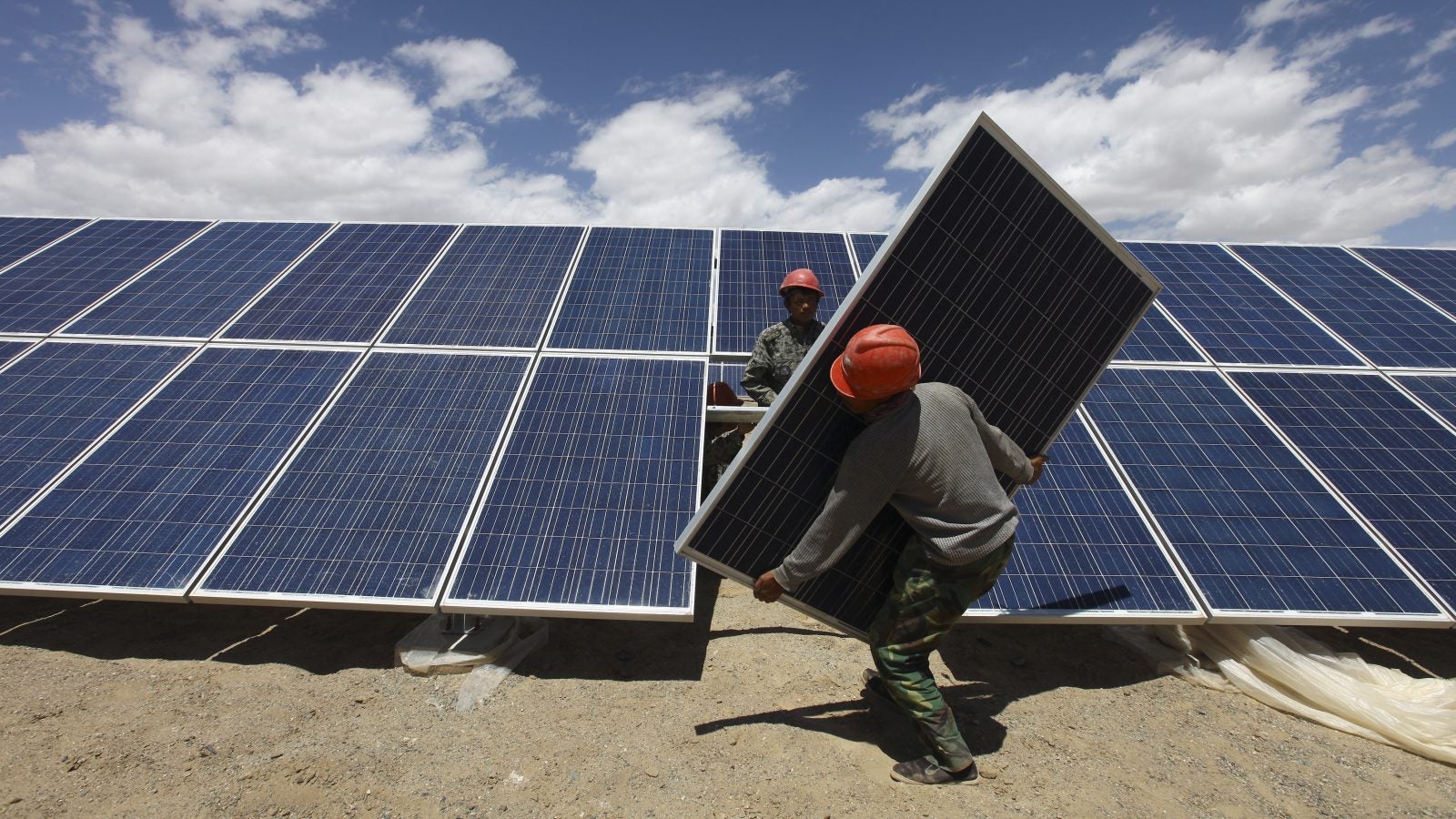The developing world is outspending richer countries on renewable energy investment
Renewable energy had its best year ever in 2015, in terms of both investment and building.


Renewable energy had its best year ever in 2015, in terms of both investment and building.
As a relatively small industry, that might not be surprising. Without massive setbacks (like the 2008 financial crisis), and with a lot of room for growth, each successive year might be expected to be better than the one before.
What’s surprising is the scale, and the source of the most growth: developing countries.
Developing nations invested $156 billion in renewables in 2015—a 19% increase on the year before, and more than all richer nations combined. China was top, pumping more money into the sector than any other country, and building more wind, hydropower, and solar than anywhere else.
Total world investment in renewables was $285.9 billion, according to the authors of the Renewables 2016 Global Status Report from REN21, a group that tracks renewable energy developments.
By contrast, developed economies as a group saw a decline of around 8% in investment in renewables last year, particularly in Europe, where some markets have become saturated and where existing power grids sometimes struggle to incorporate renewable energy.
Across all economies, 147 gigawatts of renewable power capacity was added, the most ever built in a single year. And investment in renewables from developing countries outstripped investment from the developed world for the first time ever.
China is now the world leader in terms of installed renewables—by a long way.
The developing world has a greater need for new energy capacity, and more flexibility in how to obtain it, because the lack of existing infrastructure can allow new systems to develop—for example, sources of power distributed around a country, rather than centralized in one spot.
A massive drop in the oil price in the last two years could have dampened investment in renewables by making competitive fossil fuels cheaper—but it doesn’t appear to have. Of course, the cheapness of oil cuts both ways: The scant profits available from fossil fuels, together with what some see as a structural decline in the industry, could also have accelerated the flow of cash into clean energy tech.
In any case, Christine Lins, executive secretary of REN21, said in a press release, there remains a disparity when it comes to governments’ support for clean energy and polluting sources of power.
“What is truly remarkable about these results is that they were achieved at a time when fossil fuel prices were at historic lows, and renewables remained at a significant disadvantage in terms of government subsidies,” she said. ”For every dollar spent boosting renewables, nearly four dollars were spent to maintain our dependence on fossil fuels.”